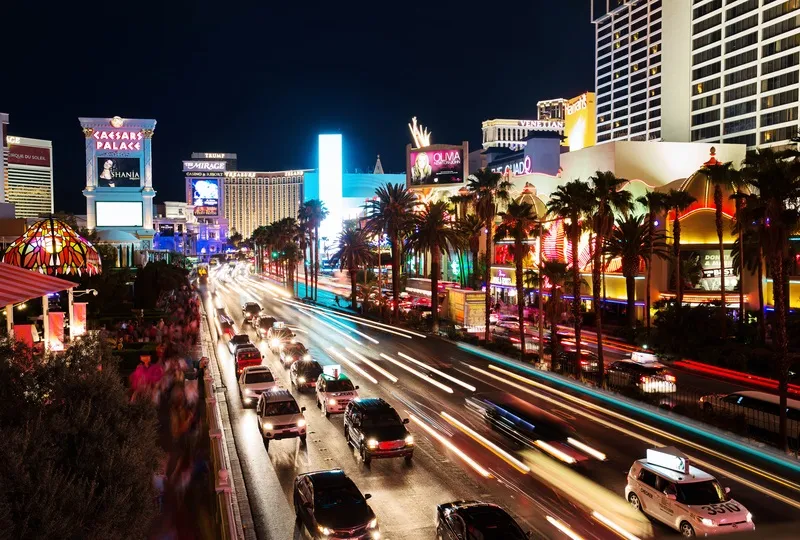
NDoT says the LED signs will also provide information about speed limit changes and lane restrictions, thereby improving safety and traffic flows by reducing differential travel speeds and the likelihood of secondary crashes.
The signs have been installed along the north and southbound Interstate 15 between Russell Road and Washington Avenue as well as along US Highway 95 between Valley View and Las Vegas Boulevards as part of Project Neon.
Variable speed limits located on the right of the sign override the typical speed limit to improve traffic flow through congested areas.
On the left of the lane, the high occupancy vehicle (HOV) signs can be changed and opened to general traffic when at least two lanes of traffic are closed to help traffic flow around a crash or workzone.
In this scenario, the HOV sign will display 'Open to All', which temporarily allows all vehicles to legally cross the double white line to use the HOV lane.
Lane control arrows and 'X's located across the top of the sign structure will be activated based upon roadway conditions and traffic demands.
A yellow 'X' with the word 'Caution' will be posted above the lane if a driver needs to proceed carefully while also displaying 'merge' if a motorist needs to prepare to merge due to a lane closing, the department adds.
A red 'X' saying 'Closed' will be posted above the lane if it is off-limits to traffic. Once the lanes are available to drivers, a green arrow will display 'Open' above all lanes.










